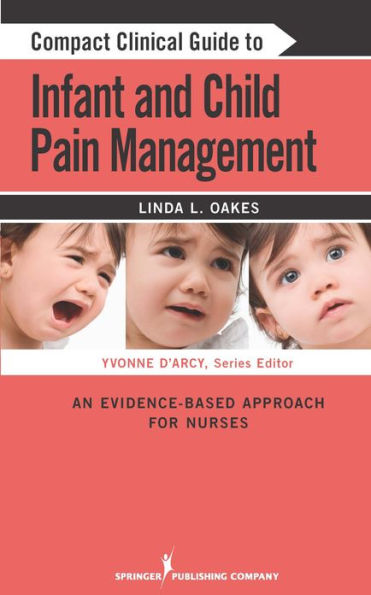Table of Contents
"
Section I: Overview of pain in infants and children Section II: Common medications for managing acute and chronic pain
Chapter 3: Non-opioids
Chapter 4: Opioids
Chapter 5: Co-analgesics (adjunct medications); neuropathic pain
Section III: Neuroaxial methods for managing pain
Chapter 6: Epidural
Chapter 7: Peripheral nerve blocks
Section IV: Nonpharmacologic methods of pain management
Chapter 8. Common: relaxation and distraction
Chapter 9: Guided imagery and hypnotherapy
Chatper 10: Physical approaches: heat, cold, exercise, massage, sucrose
Section V: Integration of methods of treatment
Chapter 11: Multi-disciplinary approach
Chapter 12: Role of parents as coaches
Section IV: Special treatment considerations for pain including impact on the family
Chapter 13: Needle-related procedures: local anesthetic administration methods
Chapter 14: Managing Pain in Critically ill infants and children
Chapter 15: Managing Pain in Terminally ill patients including role
Section V: Managing common pain conditions
Chapter 16: Postoperative Pain
Chapter 17: Pain Associated with Trauma including amputation
Chapter 18: Cancer Pain: acute and chronic
Chapter 19: Sickle cell disease Pain
Tables and Appendices
- Pain Assessment Scales
- Dosing Guidelines for Nonopioid analgesics
- Dosing Guidelines for Initiation of Opioids
- Equianalgesic Conversion Table
- Medications to Prevent or Relieve Opioid-induced Constipation
- Management of Needle-related Pain
- Examples of pain diaries/role of the family
- References and Selected Websites
"



